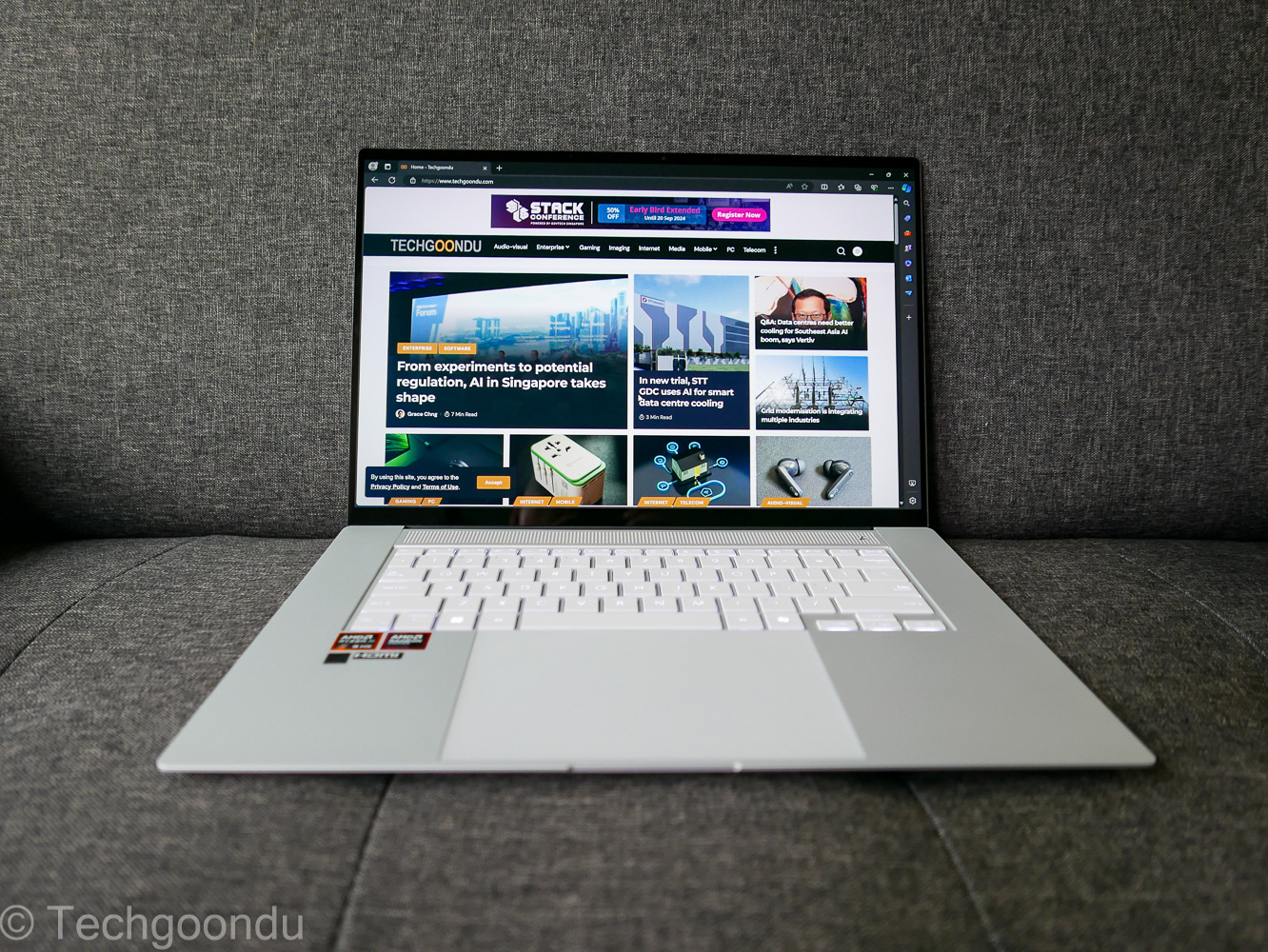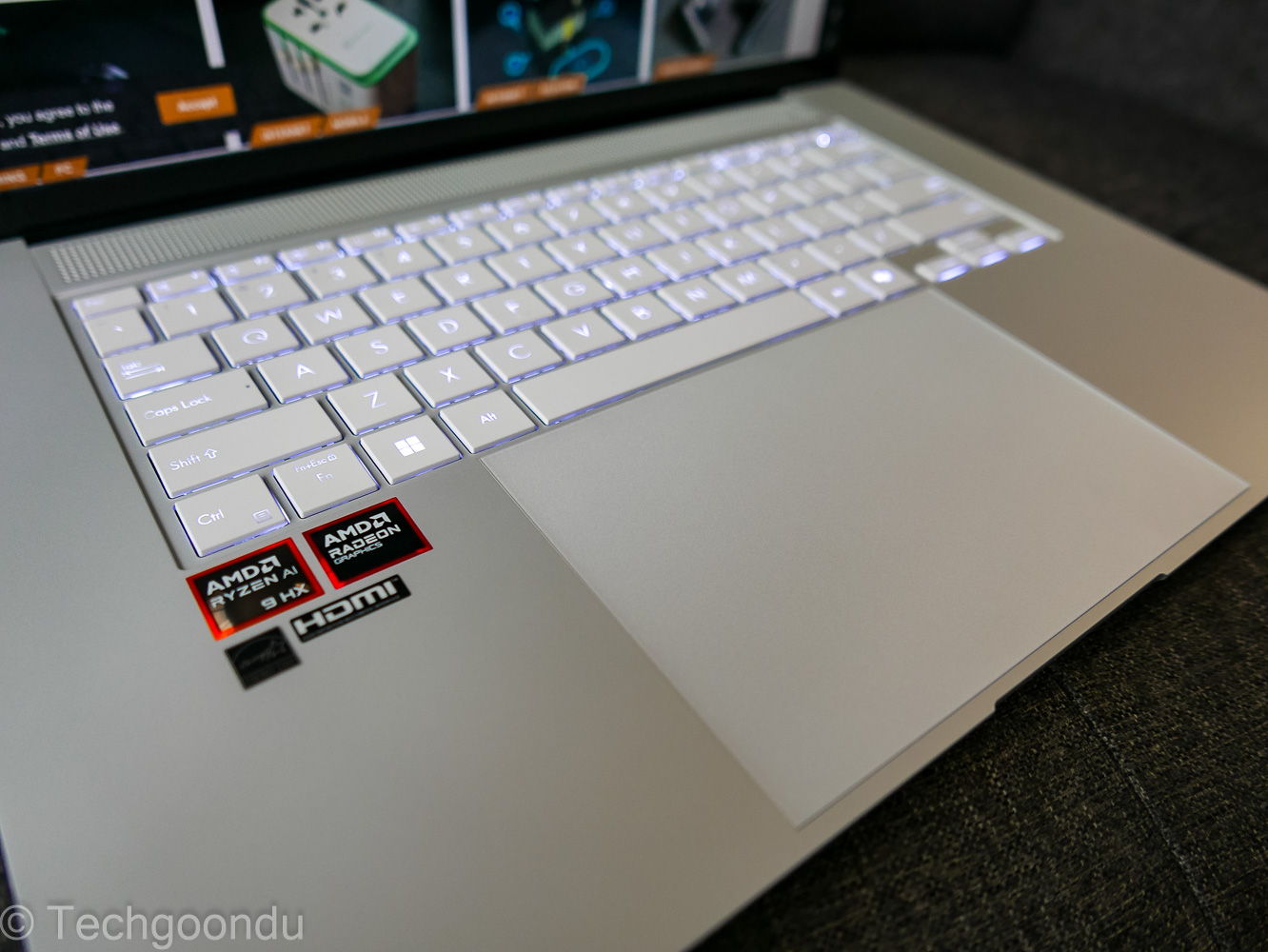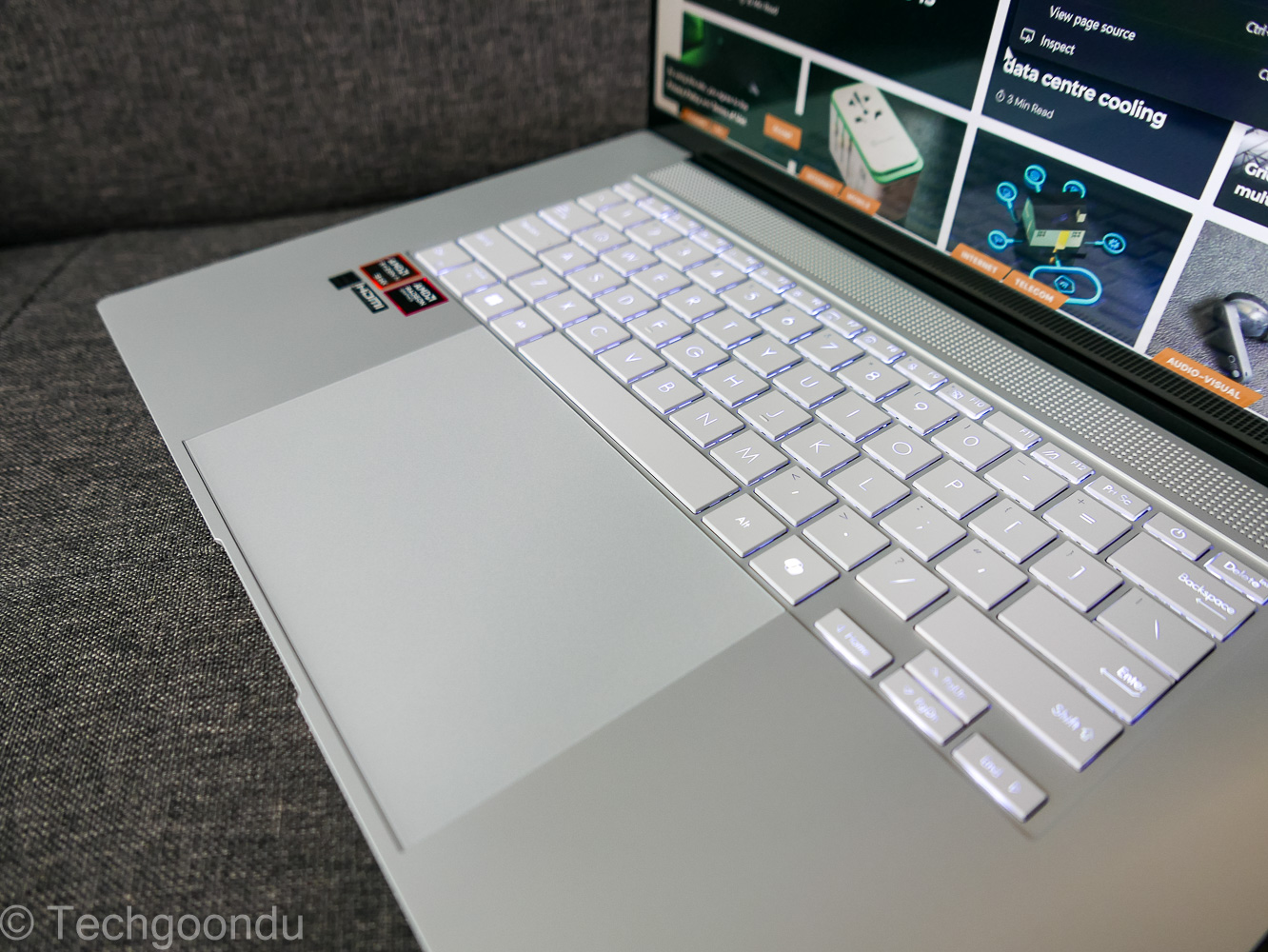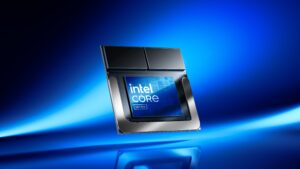If you’re looking for the latest AI PC that runs Microsoft Copilot+ features, the Asus Zenbook S16 is one laptop you should check out for its sleek design and powerful AMD Ryzen AI processor.
Wait, what AI PC again? Well, that’s all the hype today with some of the latest laptops now sporting fast processors to run AI features built into Windows.
These so-called Copilot+ PCs need a fast neutral processing unit (NPU) that is part of their main processor to run tasks such as live captions for videos or automated video special effects for your conference calls.
More than that, video editing software and a growing list of other applications could potentially benefit from the added performance, as AI becomes more commonplace.
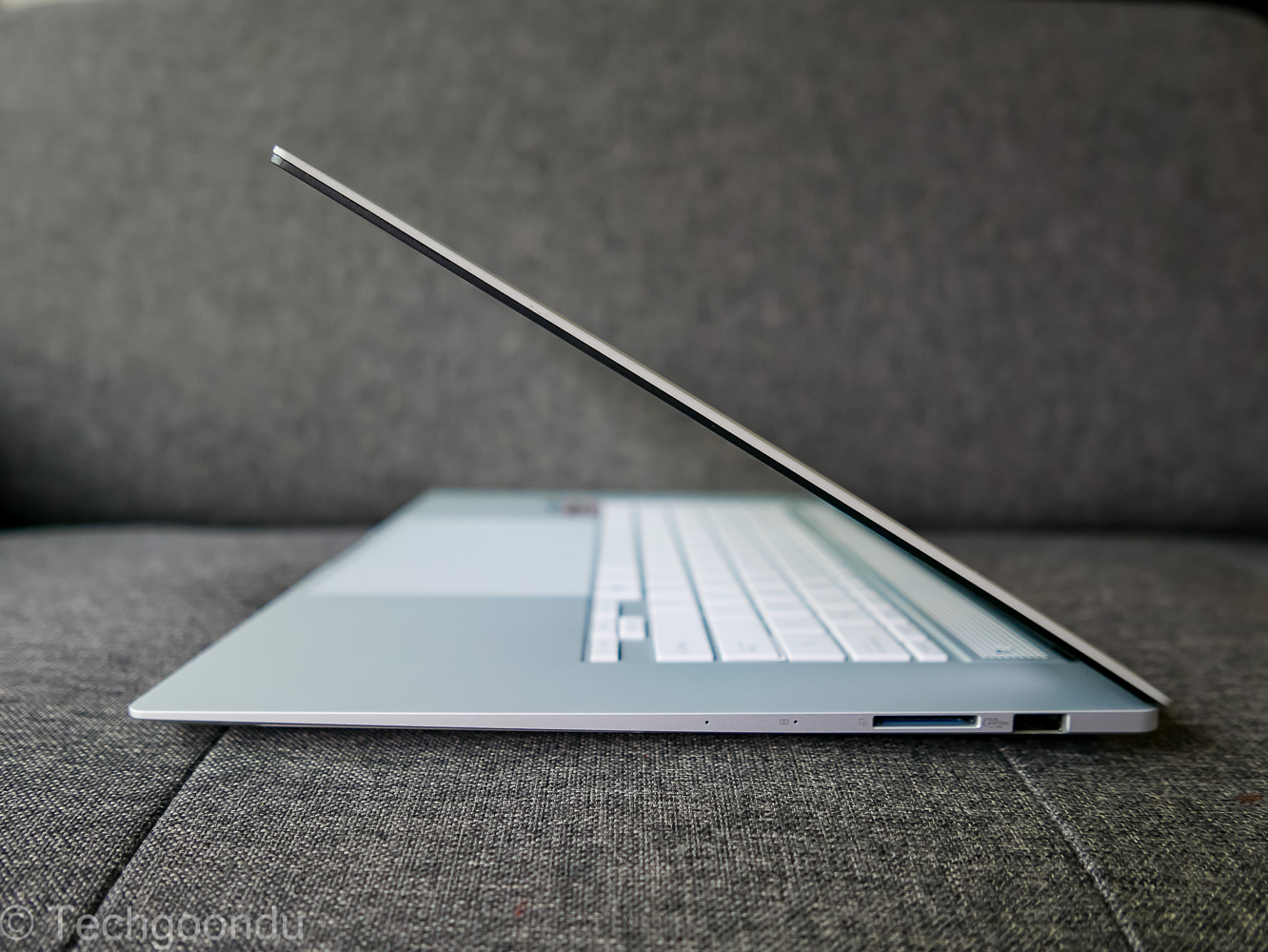
For that, the Asus Zenbook S16 is one of the first to sport AMD’s Ryzen AI 9 HX 370 chip, which rivals the Qualcomm Snapdragon X chips powering the first wave of Copilot+ PCs, such as Microsoft’s Surface Laptop and Surface Pro.
This is important because AMD chips use a traditional x86 architecture that has been the mainstay for Windows PCs for decades. In other words, you don’t have to worry about the slight app compatibility issues faced by Arm-based processors such as Qualcomm’s.
The AMD Ryzen AI 9 HX 370 also performs admirably with its NPU offering 50 Tera Operations per Second (TOPS). This provides a slight edge in AI tasks over Qualcomm’s chips, which offer 45 TOPS, at least on paper.
In the real world, there haven’t been enough AI tasks that specifically make use of these new NPUs that are integrated these new laptops (AI tasks can be completed by the CPU or graphics processing unit (GPU) as well).
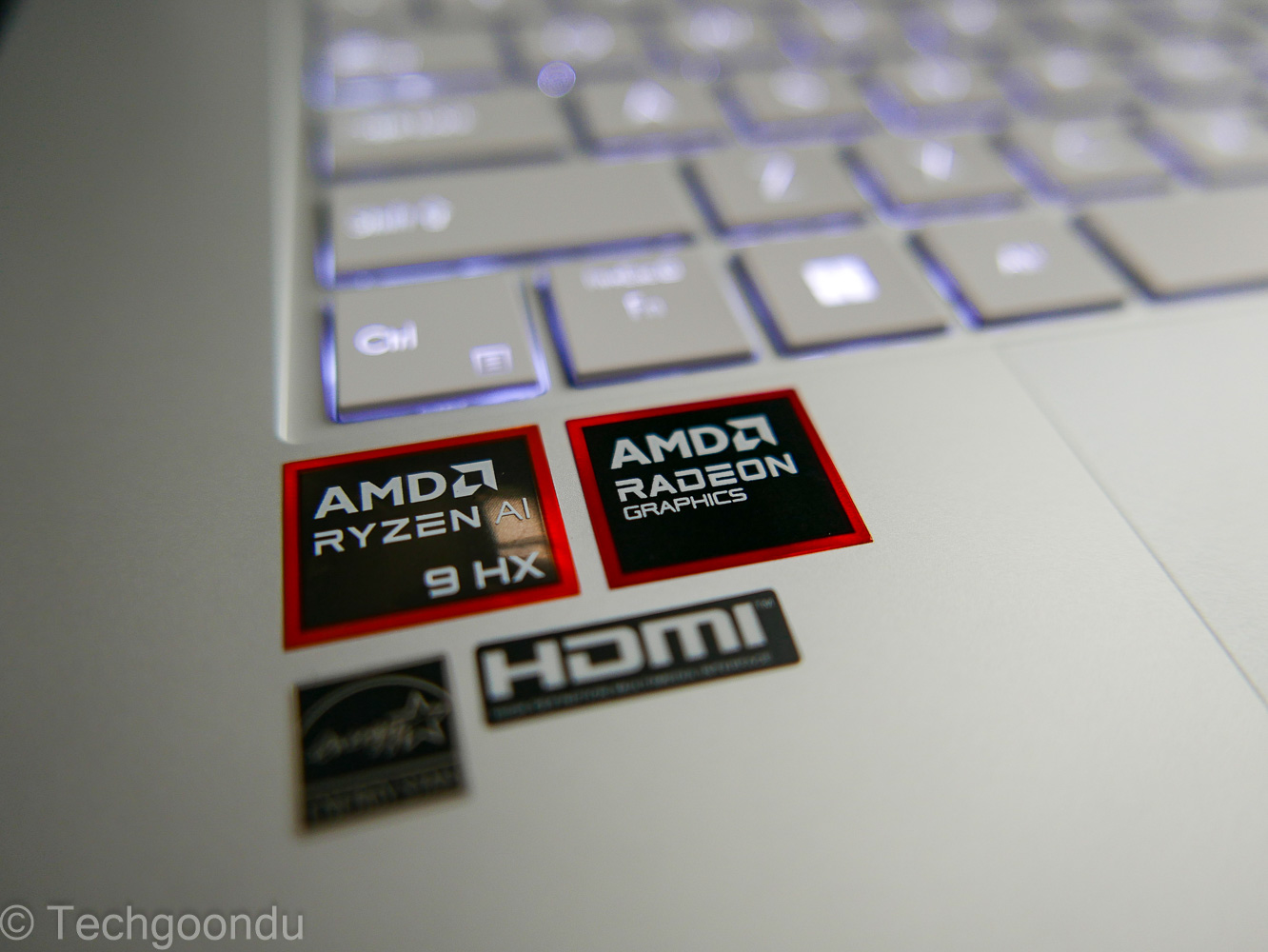
For the record, the Asus Zenbook S16 that the AMD team sent to me comes with an AMD Ryzen AI 9 HX 370 chip, 32GB of memory and 1TB of solid state drive storage.
I ran the Geekbench AI test on the laptop and was impressed by the AMD chip’s performance in AI tasks.
Using the OpenVino AI framework that x86 chips like the AMD Ryzen favour, the laptop returned a score of 4,664 for single precision, 4,621 for half-precision and 11,913 for quantised results.
These are significantly higher than the performance of the Qualcomm-based Microsoft Surface Laptop I tested last week, which returned scores of 2,056, 1,466 and 5,256 by using the Qualcomm chip’s favoured AI framework (ONNX).
Interestingly, when I ran the Geekbench AI test on the Asus laptop using the ONNX AI framework for a straight comparison, it returned a mixed bag of results. The Zenbook S16 seemed better with its single-precision score (2,775) but fell behind with its half-precision score (835) and quantised score (4,854).
To be sure, these results are only indicative of AI performance, since apps fully making use of AI features on the new processors are still rare.
Crucially, the results show that apps will determine performance – if developers eventually go for a certain AI framework that favours a chip, it will perform a lot better.
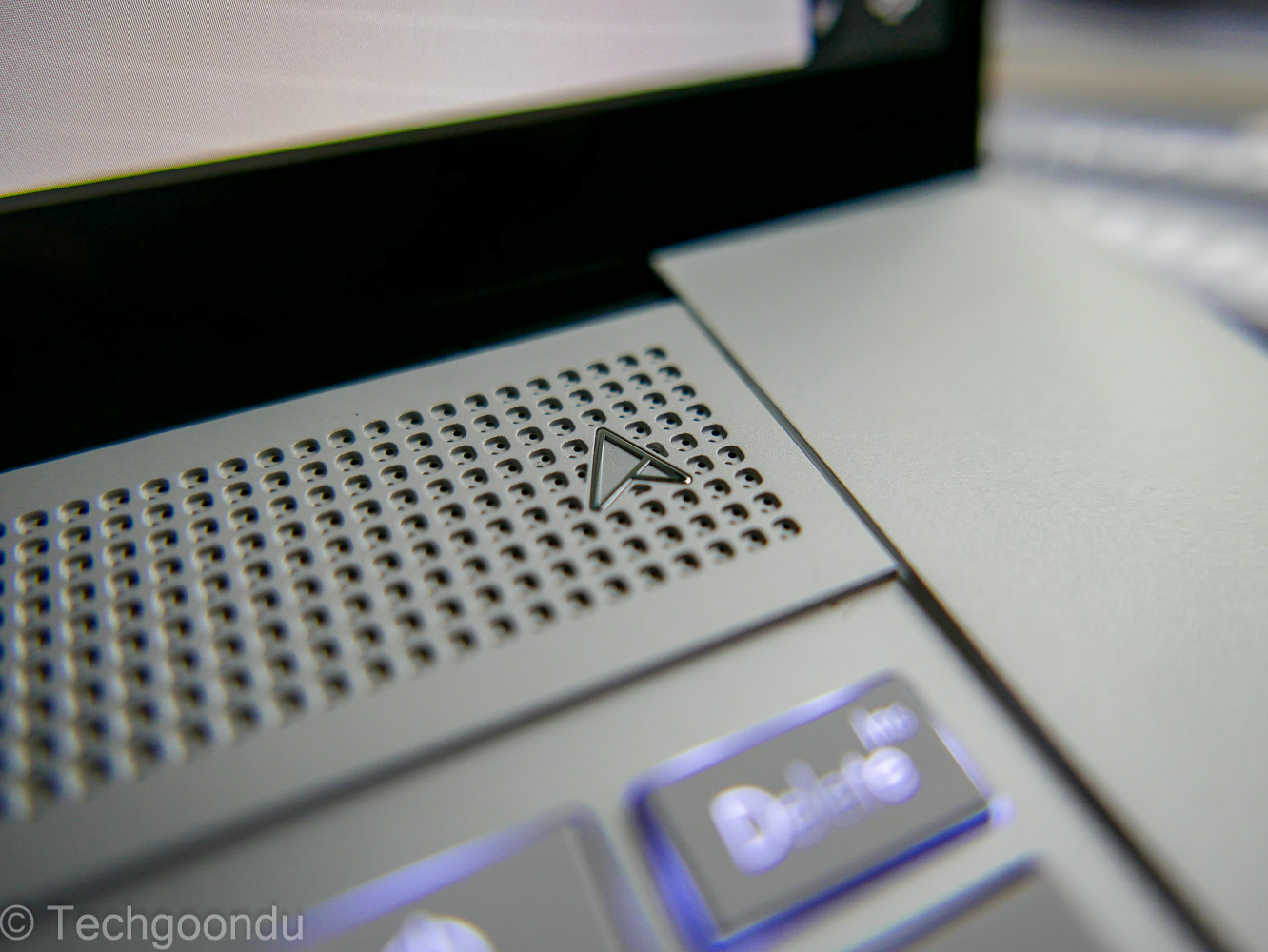
Of course, it’s not just AI that matters. In regular Geekbench 6 tests of everyday productivity performance, the Asus Zenbook S16 also did well. It scored 2,775 for single-core performance and 13,303 for multi-core performance.
The Asus laptop improves on the Qualcomm-based Surface Laptop for single-core performance (2,378) and is just about level for multi-core performance (13,374). In other words, the AMD-based Asus Zenbook S16 competes very well with its Arm-based rival in everyday tasks.
An additional test I ran was PCMark 10, which also measured regular tasks such as video calls and image editing. Here, the Asus laptop returned an impressive score of 6,902.
I could not compare this to Qualcomm-based laptops because the benchmark does not yet run on them. However, comparing the Asus laptop to an Intel Core Ultra-based Dell XPS 14 from earlier this year (which scored 6,124), the newer laptop is clearly ahead.
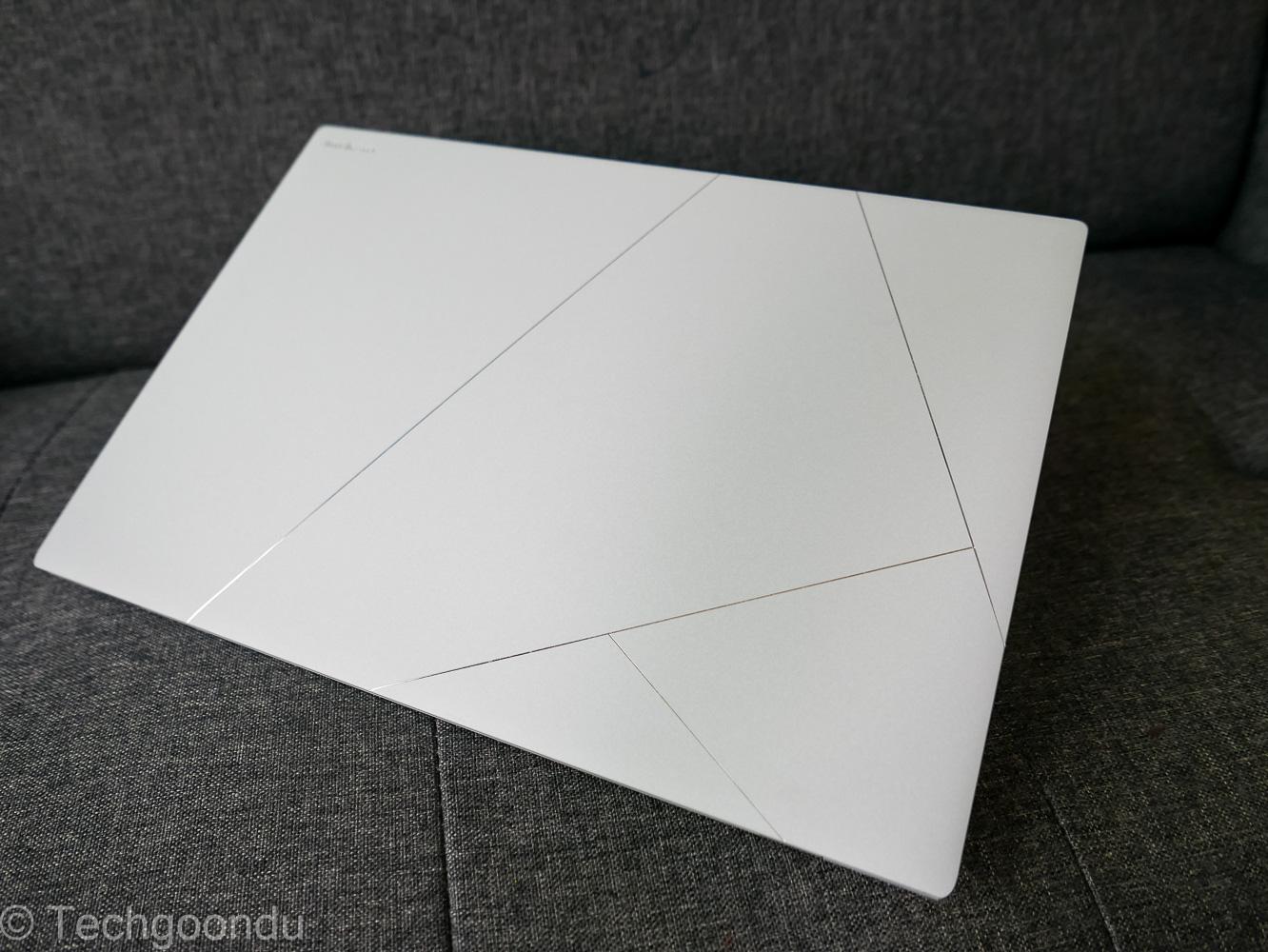
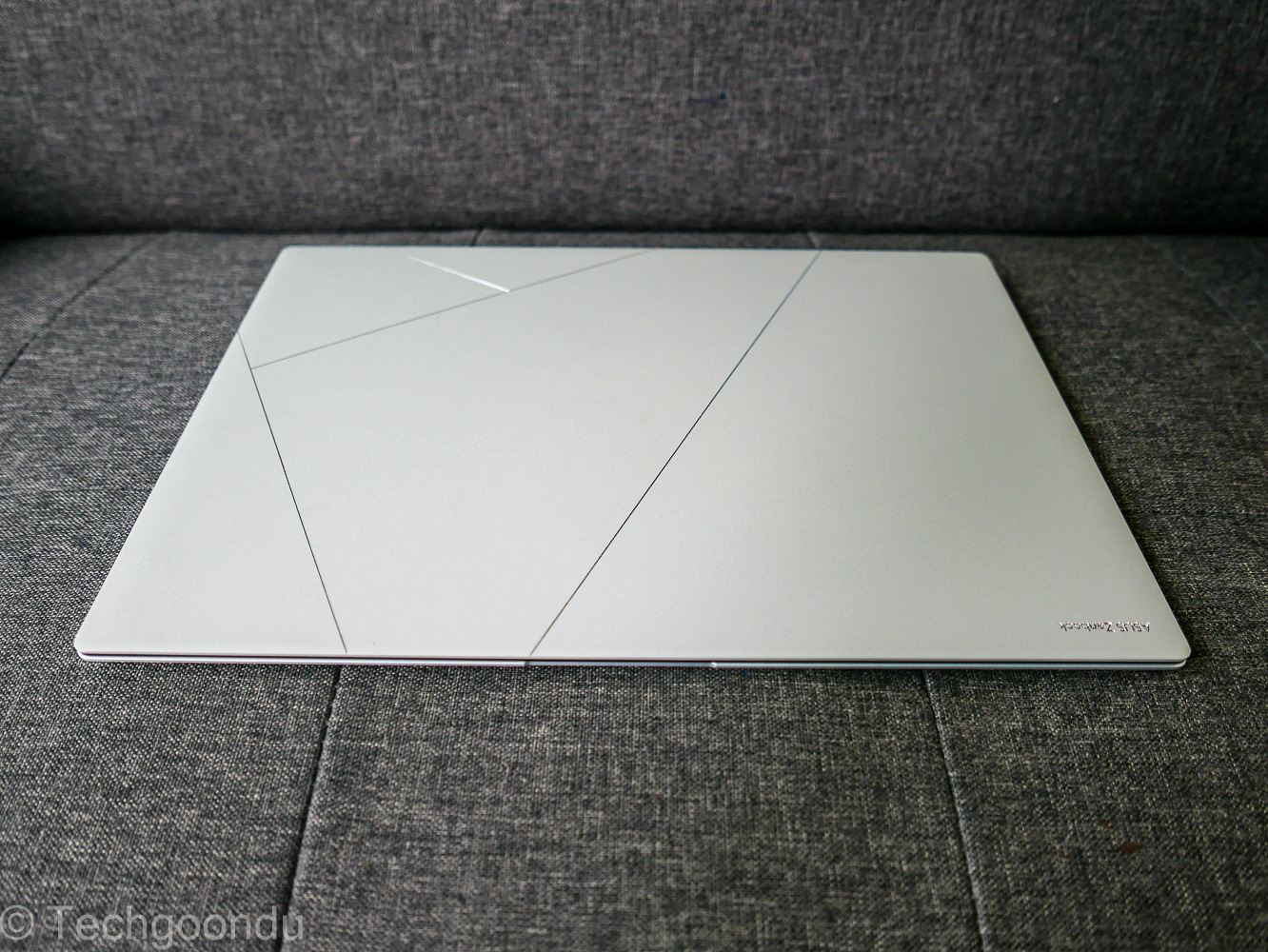
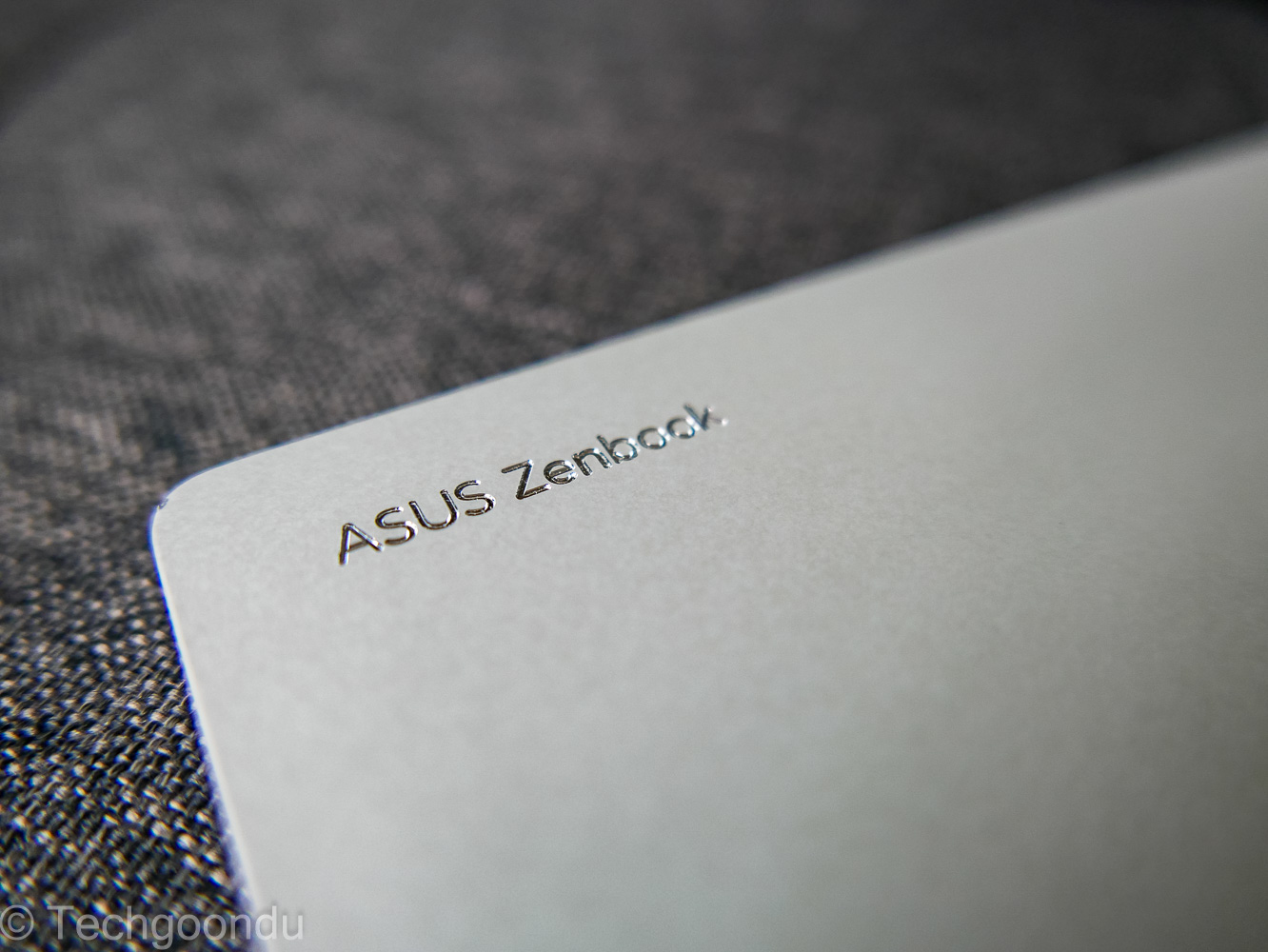
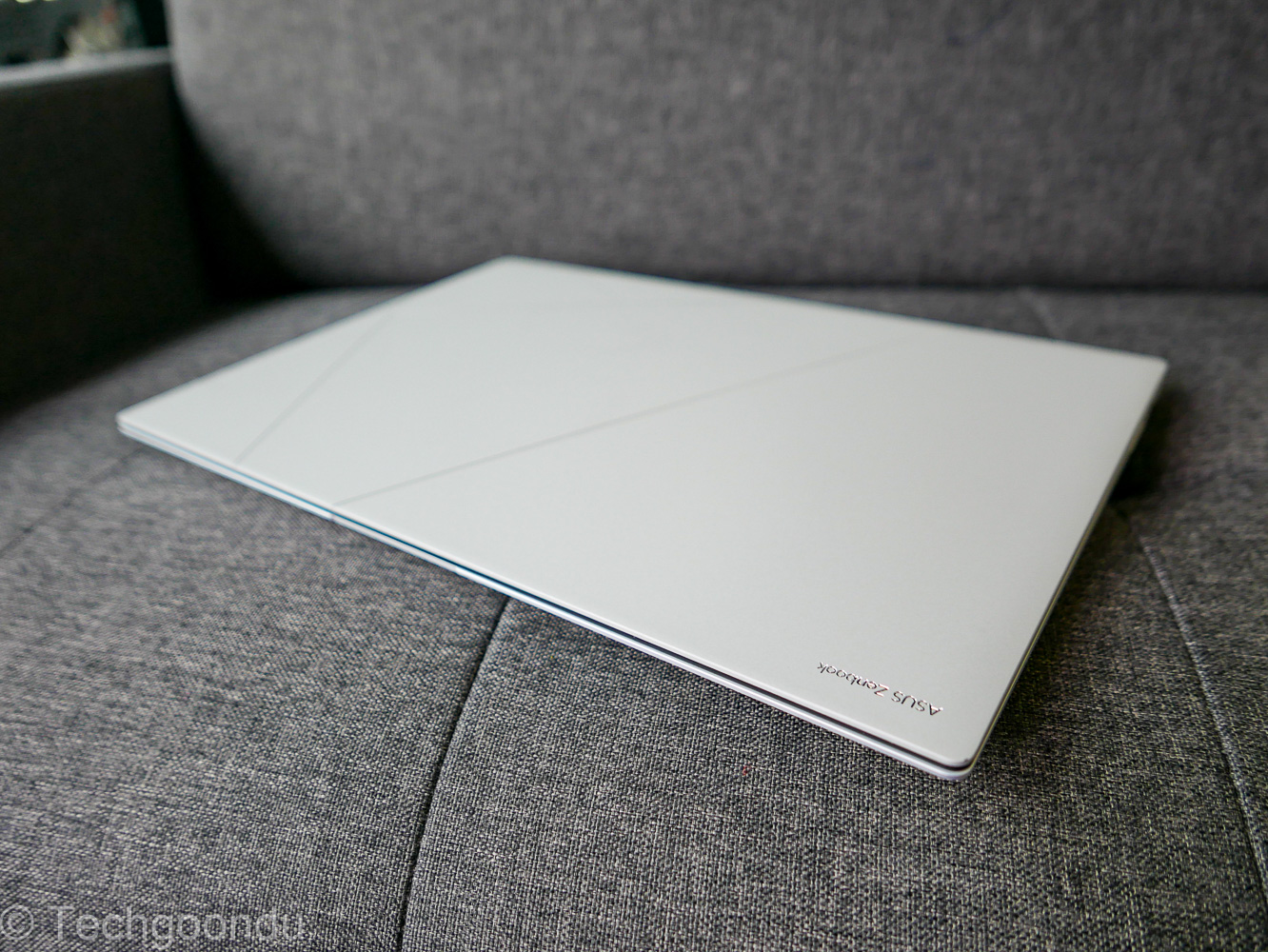
One other area that x86 chips like the AMD Ryzen AI offer is more optimised game performance. Though the Asus Zenbook S16 is more of a thin-and-light office laptop than a gaming rig, it should do well for the occasional game on the go.
In the 3DMark Time Spy test that simulates PC games, it scored 3,405, thanks in part to the AMD Radeon 890M graphics chip onboard. This is significantly higher than the 1,840 score on the Microsoft Surface Laptop.
Perhaps the only area that Qualcomm-based laptops will be hard to beat is battery life. I did not do head-to-head objective tests to compare – the different screens would also skew the result, in any case.
However, it’s telling that Microsoft claims 22 hours of video playback on the 15-inch Surface Laptop while Asus’ Zenbook S16 promises 17.3 hours on a larger 16-inch screen. Both are impressive.
Qualcomm chips, based on Arm’s power-optimised designs, should have an inherent edge here – there are still small air vents on the Asus laptop but the Microsoft one doesn’t need them.
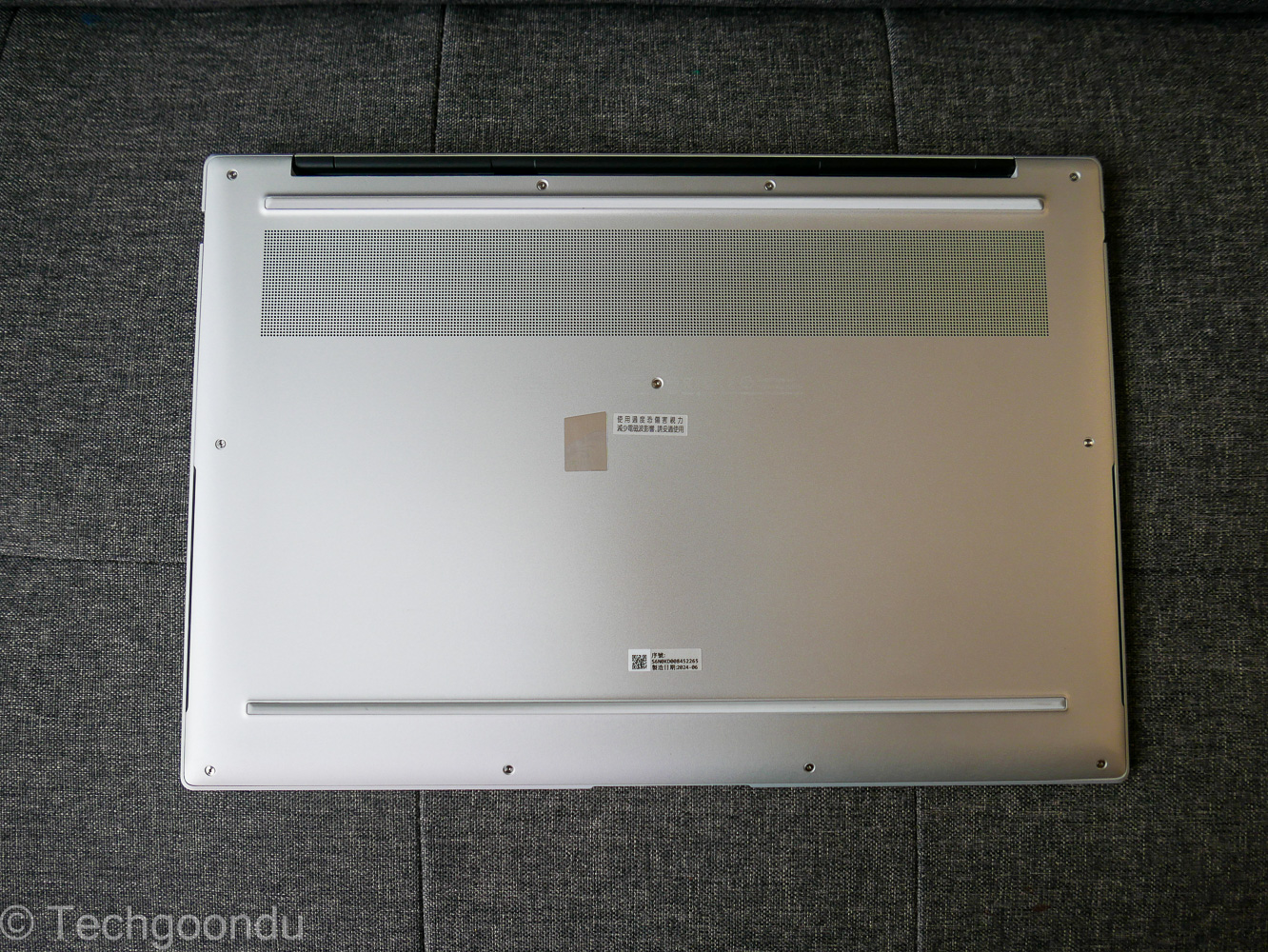
That’s not to say the Asus Zenbook S16 runs warm. Far from it, actually. The laptop, even during the benchmark tests, runs rather quietly with the fan spinning up but not in a disruptive manner.
I’ve only spoken about performance so far, because this Asus laptop is one of the first AMD-based Copilot+ laptops and the new AI-focused processor is impressive. It’s an excellent response to Qualcomm’s Arm-based chips.
It helps that the Asus laptop itself is an attractive machine. The cover is made from a ceramic composite material that has neatly-etched lines across. It’s unique and premium in its look and feel.
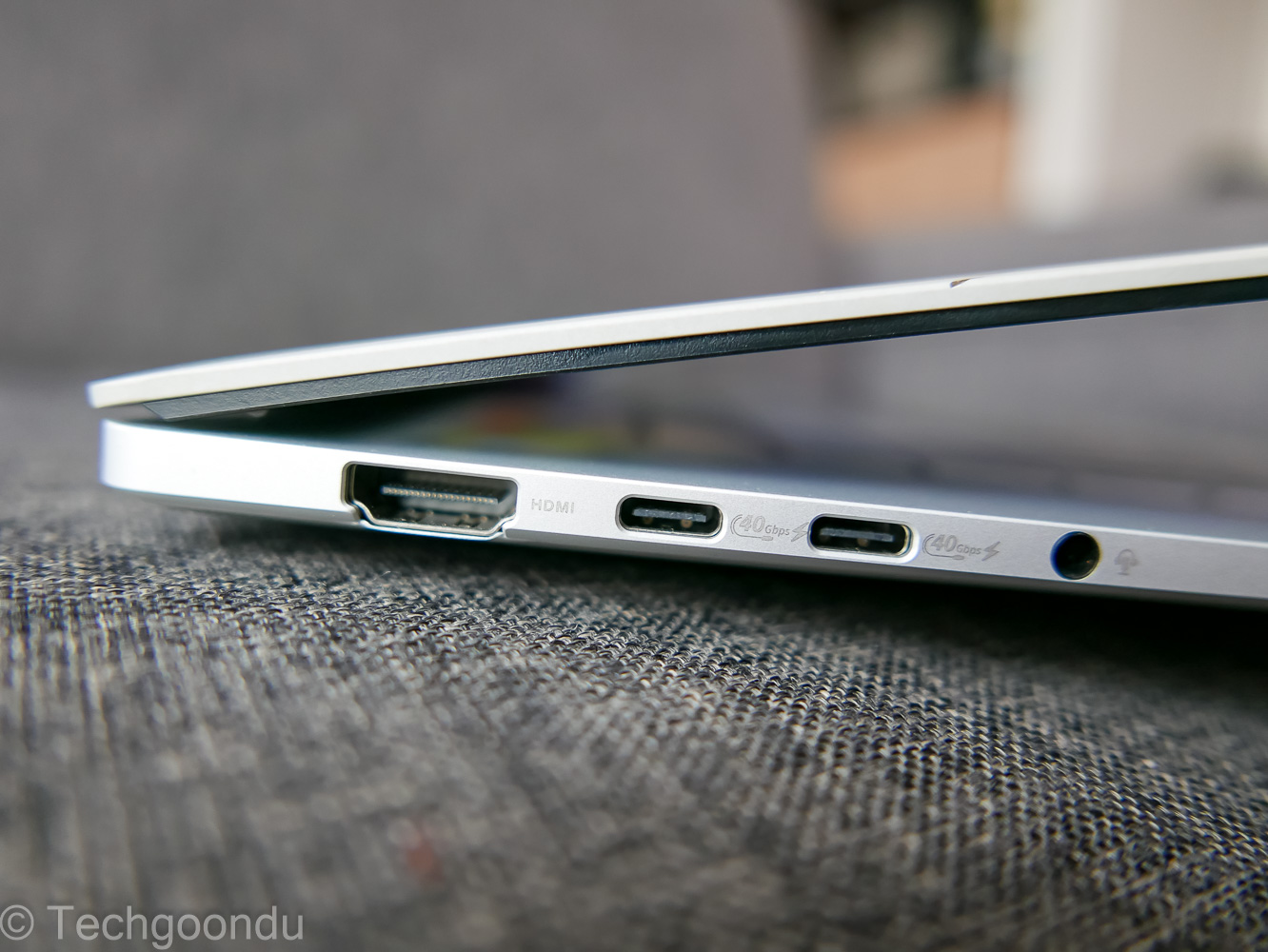
The laptop is also incredibly thin at 1.1cm, which is barely the height of a full-sized HDMI port on one side. For that reason, the 1.5kg laptop feels light to lug around, though the large screen could be a bit of a problem for tight economy class cabins.
I also like the 3K 120Hz OLED touchscreen, which is a joy to view videos on as well as to navigate through, say, Google Maps. Once you’ve used a touchscreen, you would want one in your next laptop.
Another big plus – literally – is the laptop’s huge touchpad, which stretches from the edge of the keyboard to the bottom. Easy to access, it lets you navigate around menus and programs effortlessly.
If there’s a complaint – okay, a slight one – it’s the keyboard. They keys are well spaced out and generally, the tactile feedback is good.
I just wish there is a bit more depth to the keys for people who type for a living, though I think that’s one of the things you sacrifice for such a thin, sleek laptop.

Unfortunately, the Zenbook S16 (UM5606) model I tested does not ship in Singapore. Here, Asus offers one that has a slightly slower AMD Ryzen AI 9 365 processor, along with 24GB of memory and 1TB of storage, though that’s no slouch, either.
For such an attractive laptop with cutting-edge AI performance and good “all-day” battery life, the asking price of S$2,549 is a fair one. This is one powerful, large-screen laptop that looks sleek, runs fast and is relatively easy to carry around. It’s a winner.
